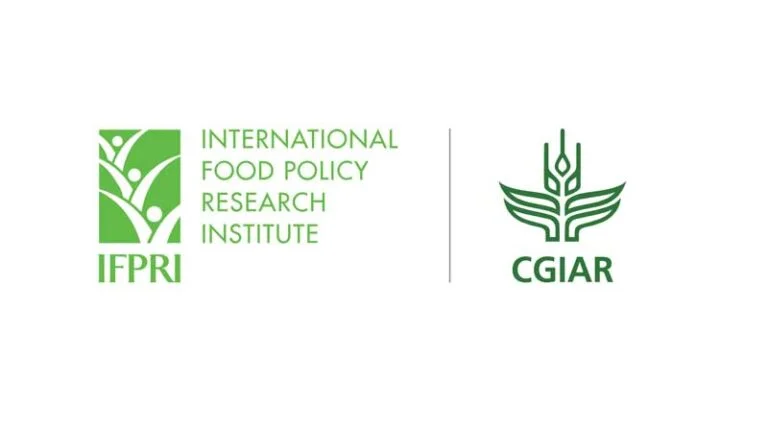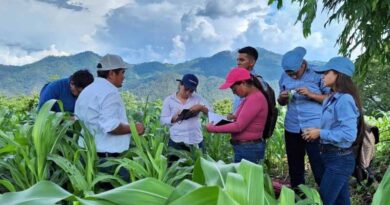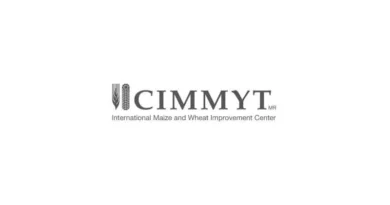
Food Prices Are Likely To Remain High And Volatile (Welternährung)
24 October 2025, Africa: In his October 2025 article for Welternährung (Global Food), Rob Vos, Senior Research Fellow with IFPRI’s Markets, Trade, and Institutions unit, explores the persistent volatility and inflation in global food prices. He attributes these trends to a combination of geopolitical conflicts, climate-related disruptions, and economic policy responses, all of which disproportionately affect low-income countries.
Vos outlines how events such as the war in Ukraine, floods in India, and the weakening of the U.S. dollar have tightened global markets for staple foods like wheat, rice, and fertilizers. He also highlights the impact of domestic factors—such as conflict and monetary policy—in exacerbating food price inflation in countries like Sudan and South Sudan, where inflation has exceeded 100%.
While food price inflation has cooled from its peak, Vos warns that structural issues—like climate change, underinvestment in agricultural innovation, and trade protectionism—continue to threaten food affordability and security. He emphasizes that although global hunger numbers have slightly declined, the risk remains high, especially in conflict-affected regions of Africa.
“For the foreseeable future, we should expect the price of our food to remain volatile and increasing,” says Vos.
Vos calls for transformative investments in climate-resilient and resource-efficient agrifood systems, noting that such efforts are essential to stabilize food prices and ensure long-term food security.
📢 If You’re in Agriculture, Make Sure the Right People Hear Your Story.
From product launches to strategic announcements, Global Agriculture offers unmatched visibility across international agri-business markets. Connect with us at pr@global-agriculture.com to explore editorial and advertising opportunities that reach the right audience, worldwide.






